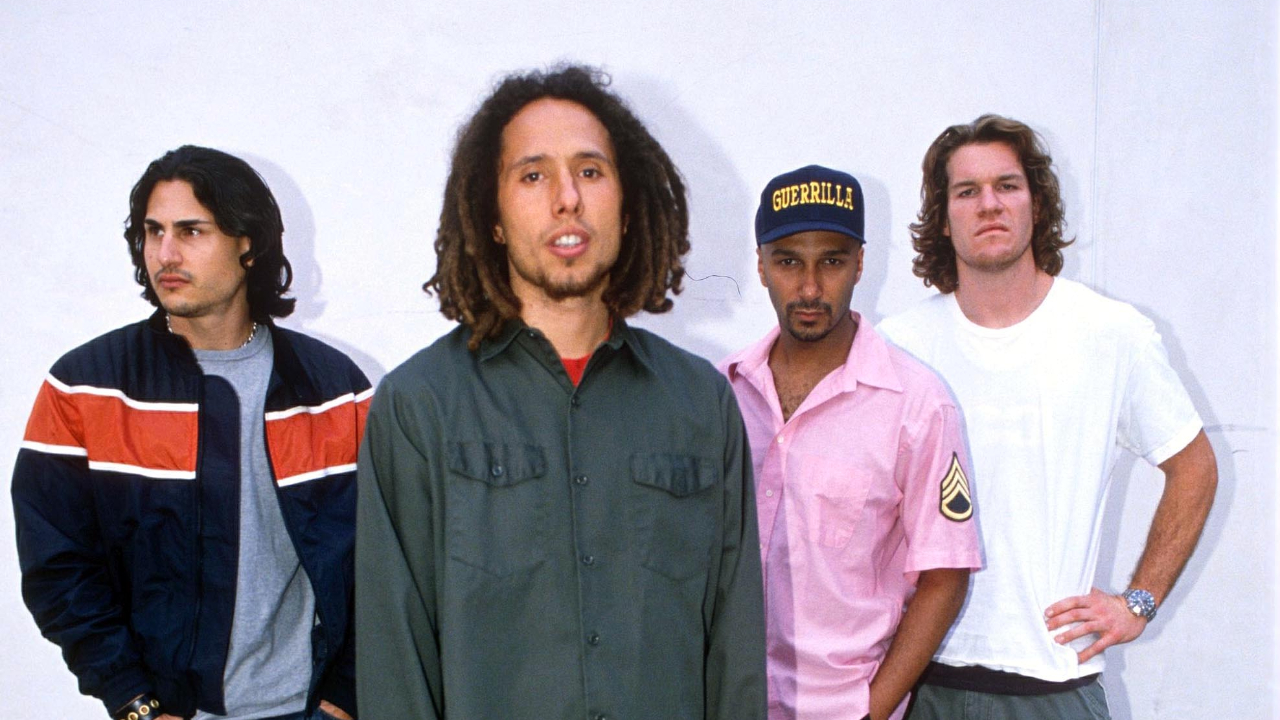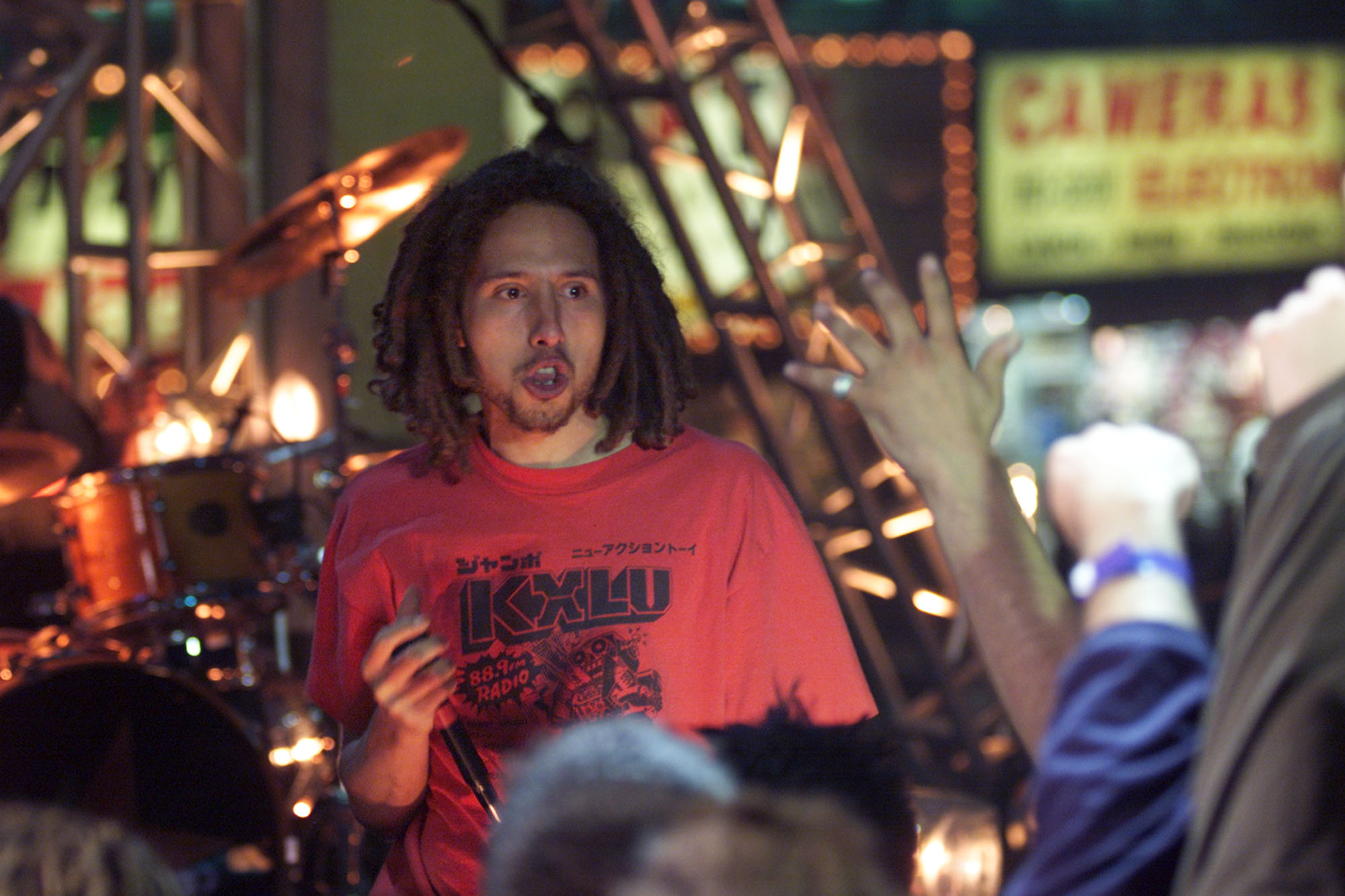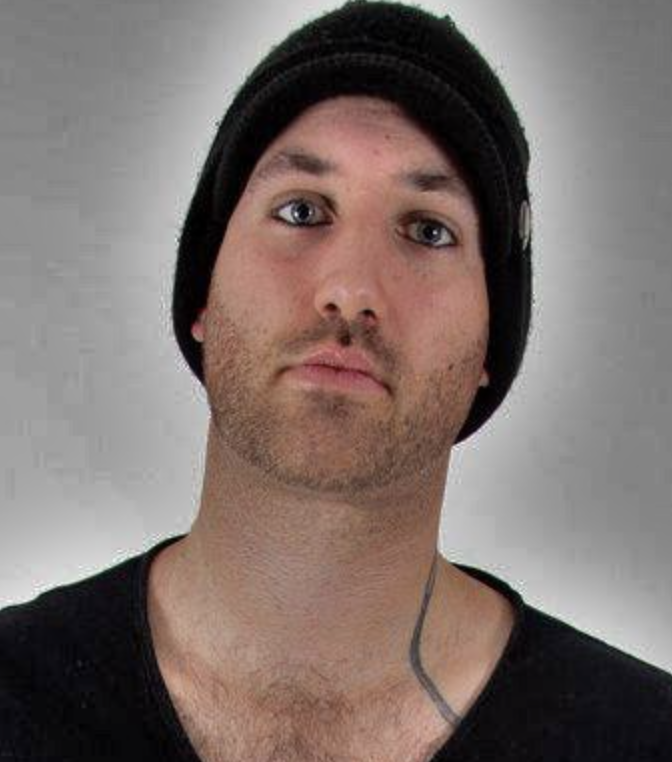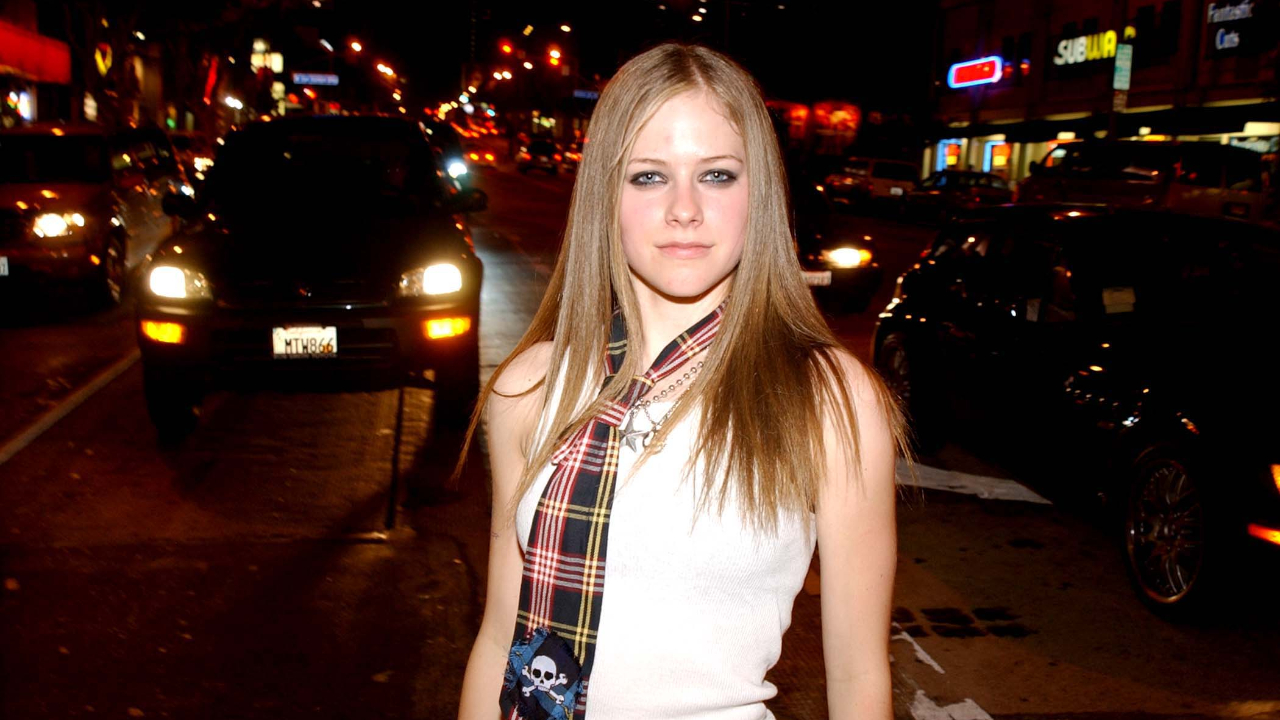"Our decision-making process has completely failed." The Battle Of Los Angeles at 25: how Rage Against The Machine just about kept it together to create one final masterpiece before imploding
The wheels were already beginning to come off Rage Against The Machine by 1998. Luckily, they managed to get into the studio together and prove they had one last statement to give the world

When LA rap metal quartet Rage Against The Machine burst onto the scene with their spectacular self-titled debut album in 1992, they seemed to point to a revolutionary new future for guitar music. Frustratingly, the record’s success wasn’t immediately capatalised on, with a full four years passing before its follow up, Evil Empire, arrived in 1996.
Although it has been re-evaluated as RATM’s most underrated and experimental album, Evil Empire never truly captured people en masse in the same way that their debut did. At the end of the touring cycle, the members of Rage went their separate ways to do other things.
Not all of these projects even saw the light of day; there were rumours of drummer Brad Wilk making experimental noise demos in his basement and bassist Tim Commerford apparently attempted a jazz project. What we do know is that this was a period where guitarist Tom Morello appeared on a variety of collaborations with everyone from The Prodigy to Henry Rollins and vocalist Zack de la Rocha headed out to the Chiapas region in Mexico to show support for the militant liberation group The Zapatistas, before returning for a spoken word tour around US College campuses.
By the time Rage Against the Machine returned to action in 1999, the musical landscape was very different; against a constant backdrop of rumours that they were splitting, the once groundbreaking amalgam of hard rock and rap that RATM perfected and popularised at the start of the 90s had been depressingly watered down by b-list nu metal bands and was now standard, commercial fare.
This was something the band were keenly aware of, Morello telling Loudwire in 2021: “For better or worse, Rage Against the Machine seemed to have planted the seeds for the genre that sprung up known as nu metal. My apologies. Rage Against The Machine created a genre and a total fanbase that we did not serve. We made records every four years. In that gap, labels were like, ‘How can we get a band that sounds like Rage but sang about girls and showed up for video shoots?'”
Still, with nu metal's rising popularity and questions surrounding their own future, for the first time in their career, RATM went into the creation of a new album with pressure to prove that they were still an important, insurgent force in the music world. It was to be their final set of original material, but with The Battle of Los Angeles, Rage went out with a bang.

The second half of the 90s was a frustrating few years for Rage. Their highly anticipated 1997 co-headline tour with contentious hip hop collective Wu-Tang Clan regularly ran into problems with the police, who wanted shows cancelled due to what they described as “violent and anti-law enforcement policies” from both bands. Frustrated by the chaos (and by their own internal issues), Wu-Tang eventually pulled out of all dates.
The latest news, features and interviews direct to your inbox, from the global home of alternative music.
“The combination of a rap group and our politics terrified the authorities,” Morello recalled of the tour. “They tried to file injunctions, but none of them were successful thanks to the First Amendment.”
Rage were also responsible for one of the most controversial moments of the infamous Woodstock 1999 festival, setting fire to the American flag onstage at the end of their Saturday night set. Considering the riotous events that took place throughout the weekend, it’s a gesture that has now largely been forgotten, but the frothing mouths of conservative commentators at the time were all too predictable.
Added to that was the amount of extracurricular activities going on with Rage's various members. Everyone was busy, but since Evil Empire’s release the only new music released as Rage Against the Machine had been a cover of Bruce Springsteen’s The Ghost of Tom Joad and the song No Shelter for the 1998 Godzilla soundtrack. It meant those break-up whispers were frequently popping up.
It all meant that when Rage Against The Machine finally reconvened in September of 1998 with producer Brendan O’Brien, they weren’t entirely sure what would come from the sessions.
“It’s never enjoyable,” admitted de la Rocha to Kerrang! In 1999. “Actually, I take that back. It’s just that so many tensions arose when we made Evil Empire that we had to adopt a different approach. A lot of tensions emanated from the conceptions that each of us developed after the first album about what a great record would sound like. Having not continuously written due to our political engagements, we came back with different ideas.”
Many of these tensions came from de la Rocha’s desire to be more greatly recognised for the work he did on RATM’s music. Feeling that he was underappreciated as a songwriter, he decided to take a step back on the new record, allowing the creation of the music to lie solely on the shoulders of his three bandmates while he concentrated on lyrics.
It was a sentiment that Morello agreed with, telling MV prior to the album's release that he believed Rage had “come together more cohesively as a unit, and as friends and a band", adding that “this record is head and shoulders above our other two. We can’t wait to unleash these songs.”
Even though the record was completed in late 1998, it was still over a year until the new album was to be released. This created another level of uncertainty around the band; concerned fans became even more fearful that the constant fractious state Rage existed in would become untenable.
Reassuringly, however, there was activity during this period. The Woodstock 99 show proved their incredible, incendiary live power had not diminished one iota, and the band came back to the UK for their first headline show in over three years, playing an electrifying set at London’s Astoria on September 13 1999. It culminated with de la Rocha dragging a young, awe-struck fan up onstage at the climax of a cathartic Killing In The Name and letting her bawl out that iconic “Fuck you I won’t do what you tell me!” before she collapsed into Zack’s embrace at the songs finale. It was a magical moment of unity between band and fanbase.
To be one of the lucky couple of thousand that saw that show was one thing, but if you happened to be in Oxford two days earlier then you might have caught a secret set at the tiny Zodiac club. In front of just over a hundred fans, RATM played new songs Sleep Now in the Fire, Guerrilla Radio, Born Of A Broken Man and War Within A Breath for the first time. It showed Rage were still a daring and unpredictable collective and rewarded anyone that was lucky enough to have been tipped off with a night they’d never forget.
For those that had missed that rebellious voice in heavy music, November 2 1999 was a landmark occasion; finally, a brand new RATM album saw the light of day. The Battle Of Los Angeles topped the US Billboard Chart immediately and was enthusiastically received by critics - in a glowing review, Rolling Stone described the album as “to rap metal what Public Enemy’s It Takes a Nation of Millions... was to hip-hop: It brings the noise, with Morello’s guitar the equivalent of Terminator X’s turntables.”
Going back to The Battle Of Los Angeles twenty five years after its release, it, like all RATM material, shows no sign of ageing. The swirling Morello guitar, bobbing bass and groove of opener Testify; the chiming, slow-build and explode of Born Of A Broken Man; the experimental robo-rock of Calm Like A Bomb; huge, chant-along singles such as Guerrilla Radio and Sleep Now In The Fire...Rage's third album is a perfect showcase of why their legacy endures and the second generation nu metal bands of the time have, for the most part, been forgotten.
It was something de la Rocha himself predicted when he told Kerrang!: “For every Nirvana there were 10 or 15 Bushes or whoever, and with Rage there’s been some not-so-great bands.”
The amount of positivity in the aftermath of the album's release was proof that Rage were just as potent and relevant as ever. The following world tour saw them play some sublime shows, a glorious evening headlining Wembley Arena with Asian Dub Foundation in support and a weekend-stealing set at the 2000 Reading festival where even Slipknot struggled to follow them being two UK highlights. Plus, they showed they could still trigger the establishment, making world news after shutting down the New York Stock exchange during the filming of the Sleep Now In The Fire video. The Battle Of Los Angeles had put them right back on top of the pile as the essential rock band of their generation.
Unfortunately, it wasn’t enough to keep the notoriously fractious group together. After a bizarre incident at the 2000 MTV Video Music Awards where Commerford, against the advice of both Morello and de la Rocha, scaled the venue's scaffolding and refused to come down, de la Rocha quit the band. The Battle Of Los Angeles had been out less than a year.
"I feel that it is now necessary to leave Rage because our decision-making process has completely failed," read a statement released by the frontman. "It is no longer meeting the aspirations of all four of us collectively as a band, and from my perspective, has undermined our artistic and political ideal."
Inevitable, maybe. A huge loss for heavy music, undoubtably. The covers album Renegades was released shortly after, but The Battle Of Los Angeles remains Rage Against the Machine’s true final word, a testament to their unique genius and evidence of why the void they left could never and has never been replaced.

Stephen joined the Louder team as a co-host of the Metal Hammer Podcast in late 2011, eventually becoming a regular contributor to the magazine. He has since written hundreds of articles for Metal Hammer, Classic Rock and Louder, specialising in punk, hardcore and 90s metal. He also presents the Trve. Cvlt. Pop! podcast with Gaz Jones and makes regular appearances on the Bangers And Most podcast.

